|
When post and pizza deliveries, family friends or council reps, come and visit Lancaster West for the first time, they have to navigate the complex lay out of the Royal Borough of Kensington and Chelsea's largest estate. Are you going to the tower block - Grenfell tower? Not to be confused with the four adjacent towers that are on Silchester estate. By a smidgen (ask a pigeon) this is the tallest structure in the area. So whether approaching by train or bus or foot, it should be the landmark to orientate yourself. The tower currently has scaffolding and building works. However since the regeneration, the entrance has been located to the upper walking deck and the floor levels have changed. Okay. You didn't actually want to visit the high rise. So are you going to the finger blocks? This is the charming local expression for Hurstway, Barandon and Testerton, the low level housing blocks. Each one radiates out from the tower and has at its heart, a simply splendid swathe of grass. Perhaps you didn't notice that these units are actually built above street and ground level garages. You don't really want to end up down there if you can avoid it. Are you lost? As we are temporarily lost, perhaps I can take advantage and guide you on a historical diversion. Both Grenfell tower and the finger blocks were the first stage of building for the estate and illustrate the design ideals of the 60s architects, before 70s politics (oil crisis, three day working week, labour shortages) and changes in thinking to estate building took hold; this is not to mention the complicating factor of the former Victorian baths on the site of the estate, which became listed for several years, before eventual demolition in the early 1980s. As you travel around this estate, you do so partly by elevated walkways or walks built into the middle of housing units. Many of the decks have now been removed. However an understanding of their origins might make our journey around the estate more comfortable. Do you remember Peter Deakins? He was one of the original architects of the estate who we met in a previous blog. He talks ruefully about the early masterplans where blocks were unified by walking decks above ground level and segregating people from traffic. At the centre of this modernist vision were a shopping arcade and business offices. These were never realised; however one section of underground garages was subsequently converted into Baseline business units. The estate was planned in the 60s, build in the early 70s and only fully completed by the 80s. The latter stages of the project were taken over the borough architect and other firms who were building lower density housing and these can be glimpsed at Camelford, Clarendon and Talbot Walk and also at Verity Close. The estate has also incorporated housing stock that was build before the 1970s. Also of interest, the original architects convinced the council that the area being redeveloped should have an element of housing for young professionals; this comprises the co-ownership houses at Wesley and St Andrew's Square. This is all good background material. But where would history be without art. Looking at the RBKC archives on the estate, my attention was caught by a reference to the appointment of Messrs. Kinneir, Calvert and Tunhill as graphic designers in 1972. They were tasked to create signage to enable visitors and residents to navigate around Lancaster West and Worlds End estates; both estates were built at the same time. Kinneir and Calvert gained fame for designing the signs used on the British motorway system. I recently contacted Margaret Calvert to enquire about her work on the estate and she mentioned how they produced on site trial signs. But she was never sure how these were applied, if at all. I think we can clearly see the graphic designer's blue thumb print in the old signage that is still in place. Modern signs co-exist with the old. So you can stroll around and follow the signs into the past. There is one signpost that I haven't mentioned. One pointing to the future. Many of the residents are seeing changes taking place to the local area and have grave concerns about the future of their homes. RBKC council is wanting to build more housing and to upgrade its housing stock. Complex and socially challenging signs in the making. Whenever I cycle down to Lancaster West, I pass under the Westway (A40) and I connect the signage on this former motorway to the directional signs scattered around the estate. As a frenetic artist (not enough hours to accomplish all those tasks), I'm often seen running around the estate at 70 mph; there are no speed restrictions in place here. Lancaster West estate is home to 1200 properties. I must not forget this as I re-imagine this space. It has a diverse range of people from all walks of life. I have the privilege of interviewing 6 residents as part of my film project. There is blood and tears and happiness invested in this built environment. No signs can fully communicate this. I am adding my own artistic layering. These will probably not help the post or pizza person. Better off following the conventional signs. If your a resident, the post or pizza is en route.
0 Comments
At a recent Show Room event, there was a fascinating screening and discussion about community film making in 1970s London. This was chaired by LUX writer in residence Ed Webb-Ingall as part of his two year Communal Knowledge Project. One of the films screened was Starting To Happen made by Liberation Films in 1971. It showed how a film action group ran a series of workshops with local residents of Balham in South London. Teaching them how to use video and sound equipment in order to communicate their concerns about changes taking place in society: the decline of the urban environment; the lack of play spaces and community facilities for evolving multi-cultural communities. This all culminated in the residents campaign for a zebra crossing in a location where several children had been run over. At the end of this film within a film, the editorial view was controlled by the professional film makers. They were the ones documenting the residents sit-down-in-the-road campaign. While the overall project might have chaotic elements that illustrate the difficulty of allowing for collective expression in a highly specialised medium, there were compelling scenes showing how residents used the video process and were able to reflect on this. The potential for allowing voices that are not usually heard. In the modern era, we have the world wide web and the apparent ease of digital film making. These provide a new found reservoir for community expression and solidarity. However the challenge still remains of how to weld together polemical intent and film in a powerful and original manner. To understand and artistically render. To communicate and be heard. To effect change. My current art residency at Lancaster West estate fits within this critical discourse. I have been contracted by the TMO to make a film portrait about local residents: what it means to live on the Royal Borough's largest estate and views about changes taking place in the area. This has been complicated by a recent stand off between residents and TMO over the regeneration of the Grenfell tower block. Lately there have been productive meetings and dialogue. This is documented from the residents perspective on the Grenfell Action Blog. I have been filming resident meetings with their local councillor and MP. Edited films of these meetings have been shown to both the community and TMO. This has facilitated discussion and allowed self-reflection. They have also demonstrated genuine concerns from a wide range of resident and how certain individuals in the community have stepped forward as representatives. So far I have not involved residents in the actual film making process. These filmed sequences will form an element of the wider film being made. I am currently undertaking detailed audio interviews with a range of people connected to the past and present of the estate: architects, residents and TMO staff. I will then invite residents to pick up a camera and film sequences to illustrate their perspective. This is an exciting development of my collaborative approach to film making. In marked contrast to these strategies for film making, I've just visited the Ben Rivers multi-film installation at the former BBC TV centre. This is sited just across the West Cross Route from where I'm based at Lancaster West. I often spy on the centre as it undergoes redevelopment from the 17th floor of Grenfell Tower. While the film fragments on display here are impressive, perhaps the real star is the location. The labyrinthine former BBC drama department with machines that have Tardis-like knobs and dials, scenic painting rooms and a plethora of signs: this department has moved, or that one has closed down; please contact Facilities Management. Artists need these spaces to project their boundless imagination. The film-art installations strike a chord with this lost and soon to be demolished space. One of the films screened has a Moroccan Griot regaling us with a comic tale about a beheaded Imam. As you ponder this and move over to another cinematic offering, you might detect a faint echo. It is Auntie Beeb. Yes. She is gently whispering something about Whitehall corridors of power and the need to forge a new identity. One of the Balham residents in the 1971 film made the following statement with words and meaning to this effect: if we are able to film and interview people locally and we are able to do this ourself; we will get a different and possibly more meaningful response than if they were being interviewed by someone from the BBC. We could debate the veracity of this statement while registering the need for both professional and non-professional approaches in art. This is a world where community, media, art and institutions are not in sync. We are hearing sounds and sound bites, that do not necessarily resonate with with what we are seeing and vice versa. |
Categories
All
Archives
May 2024
|
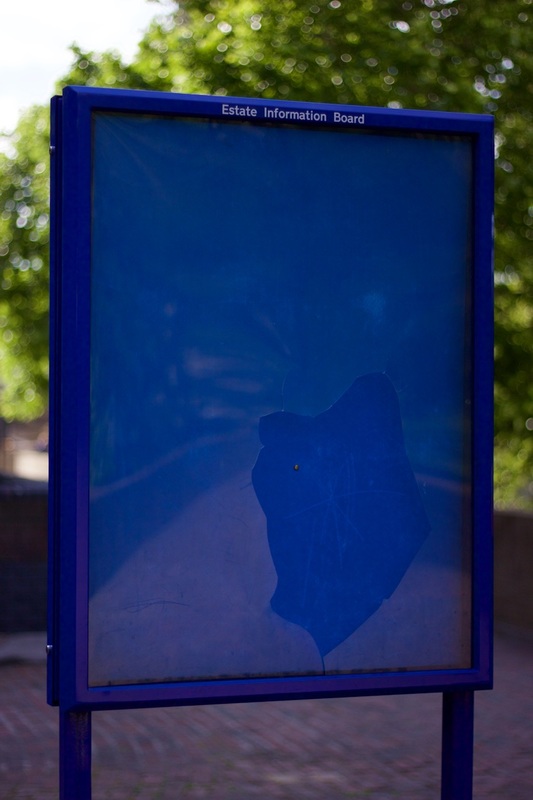
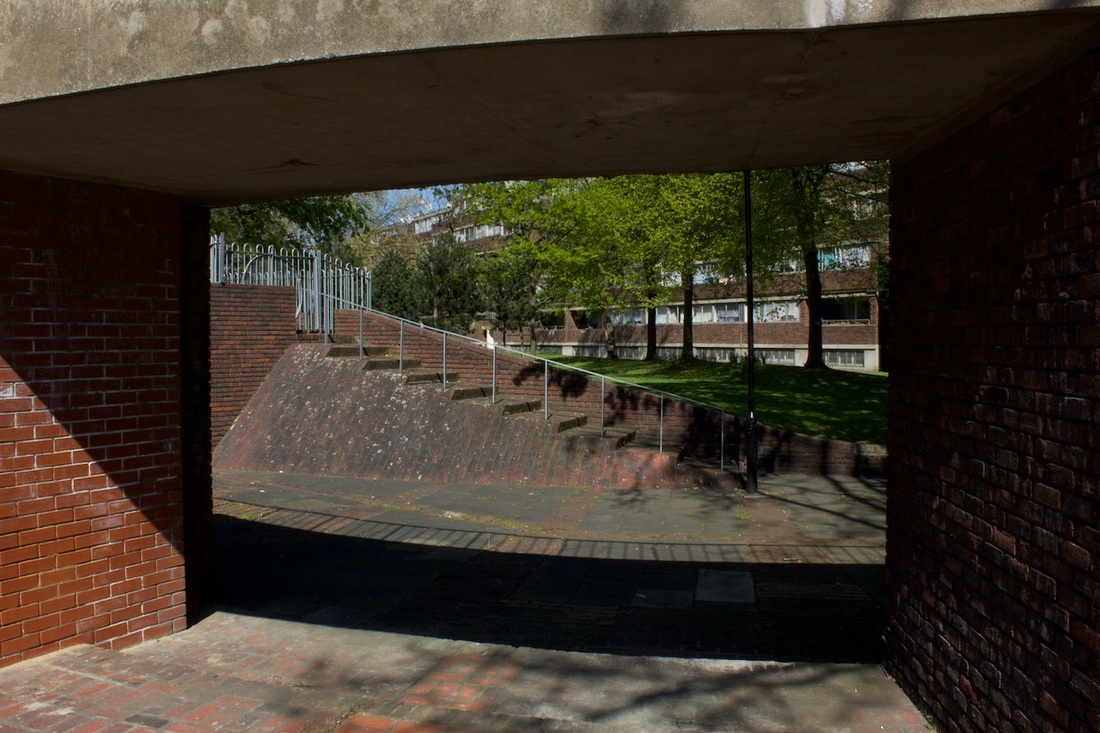
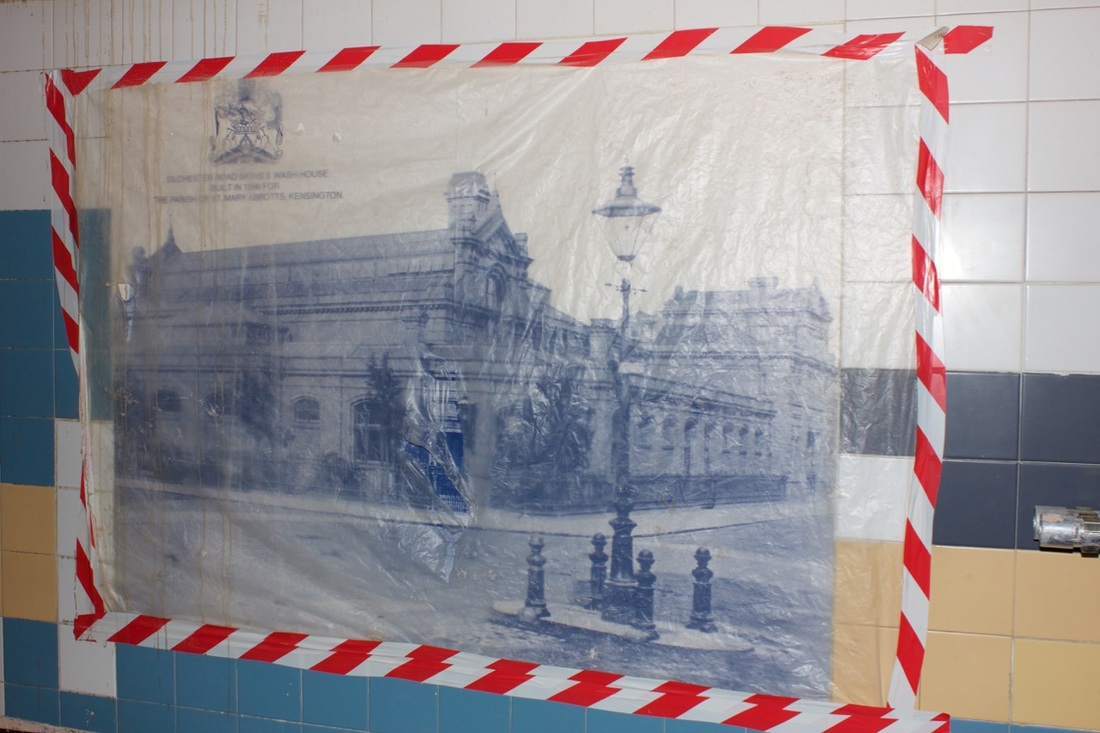
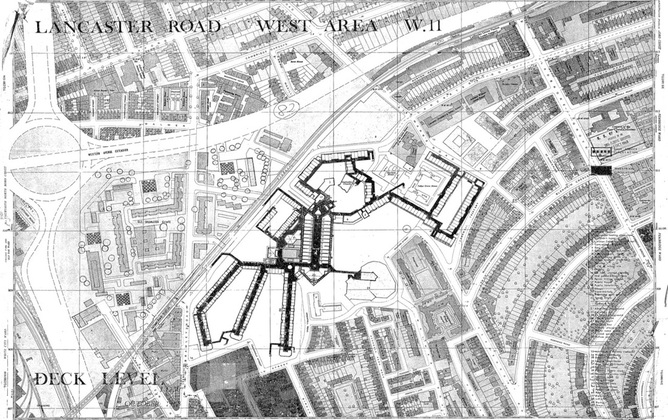
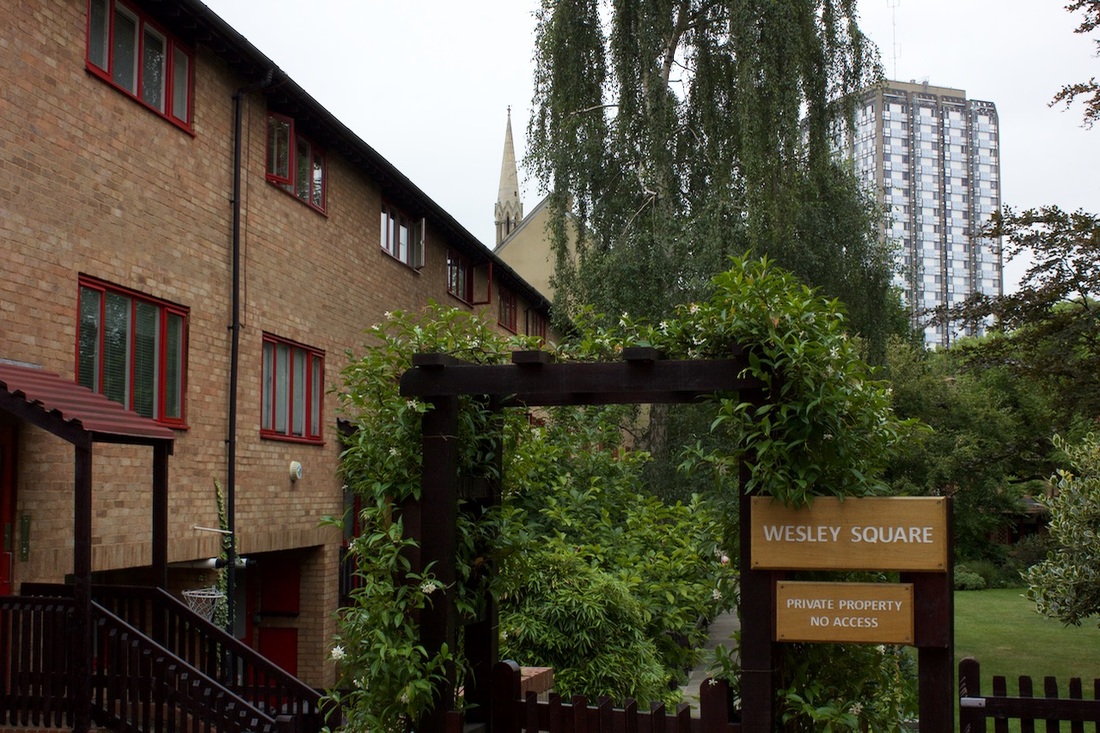
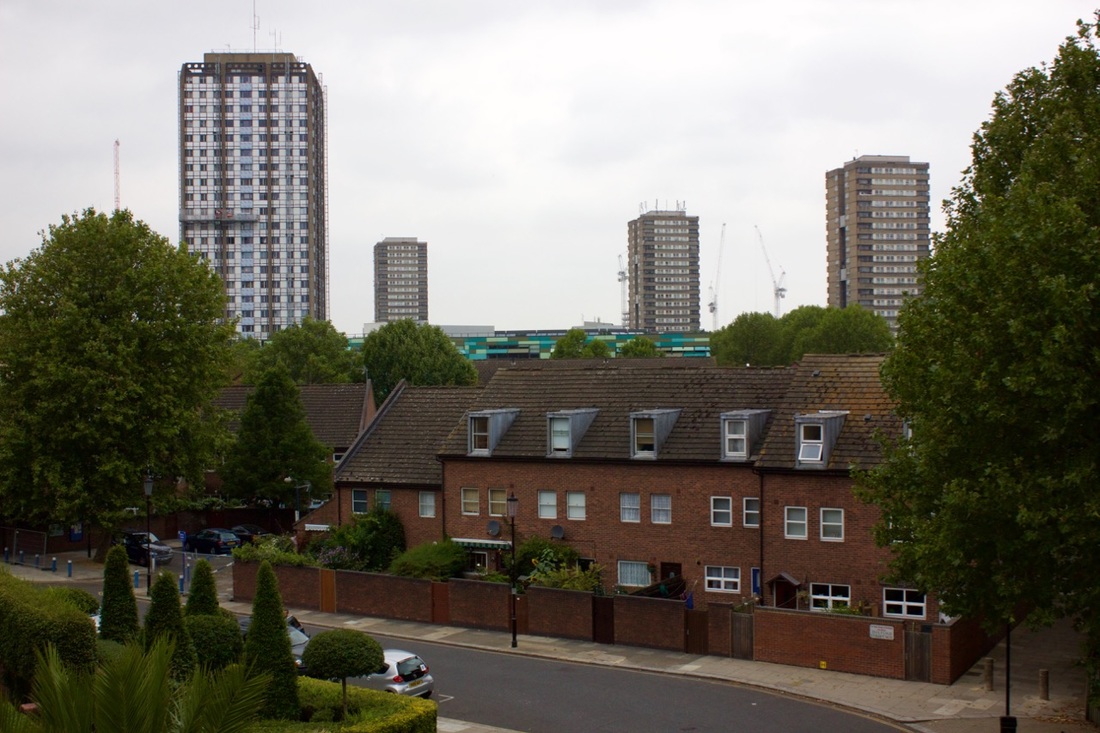
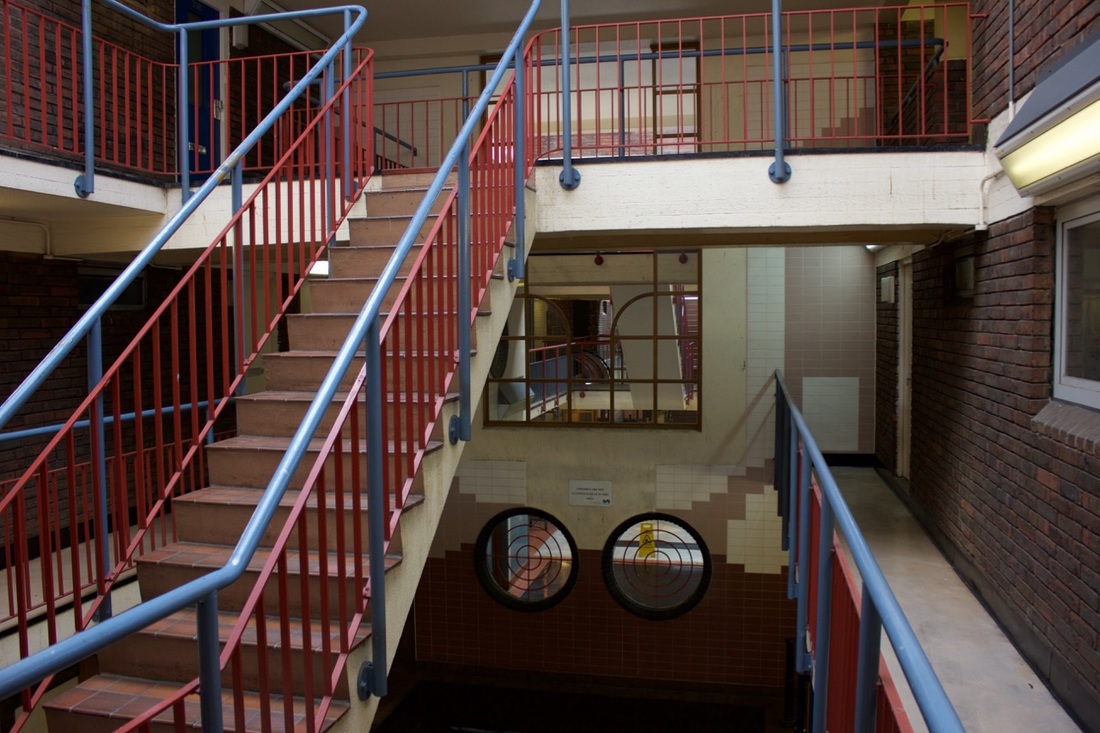


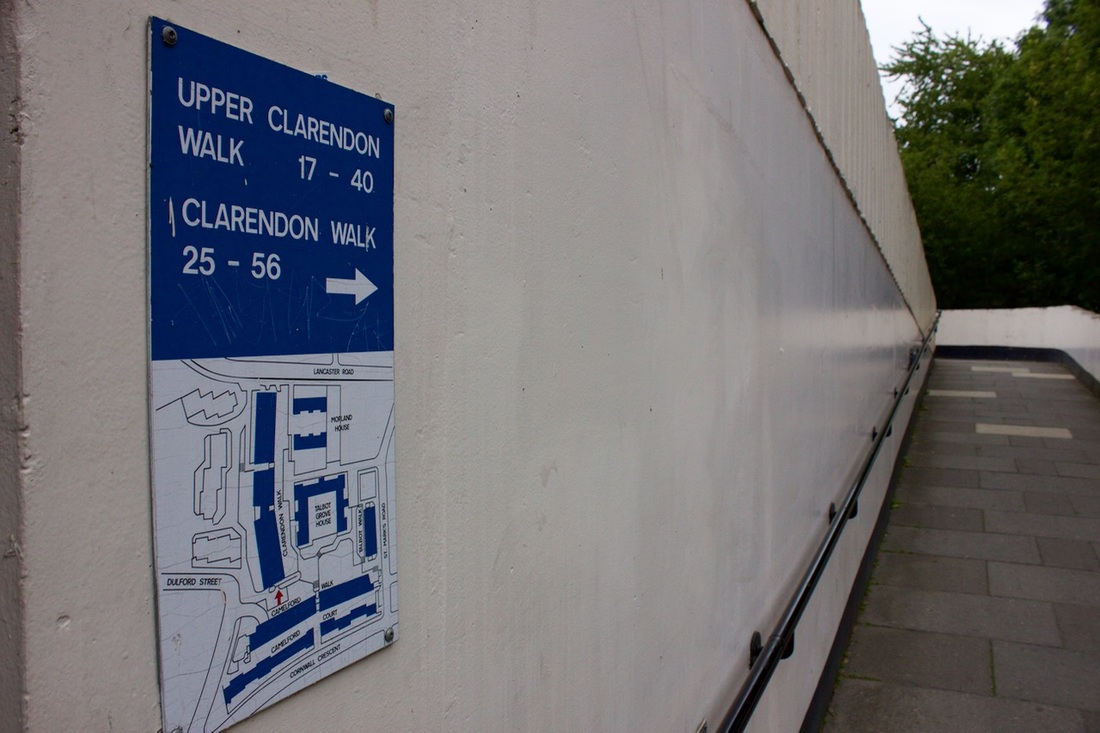
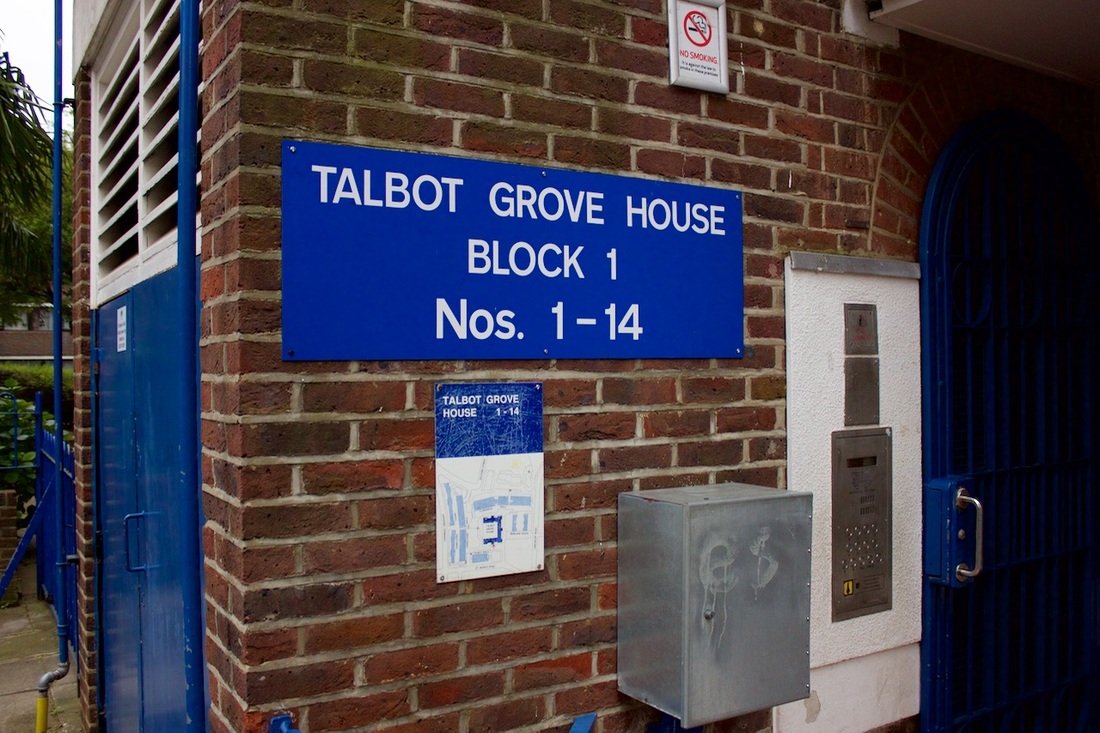
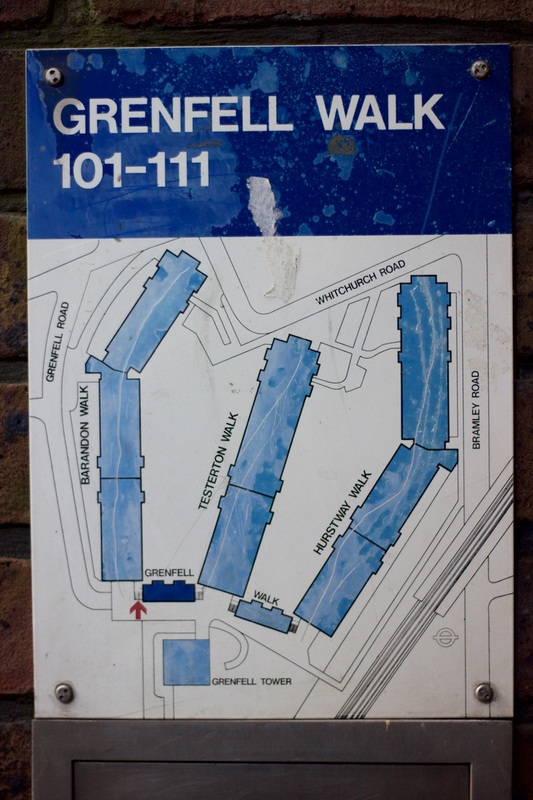
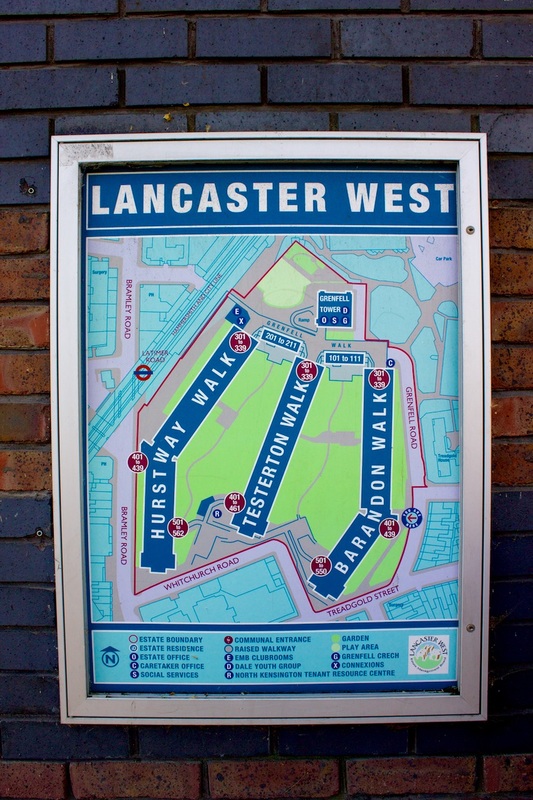
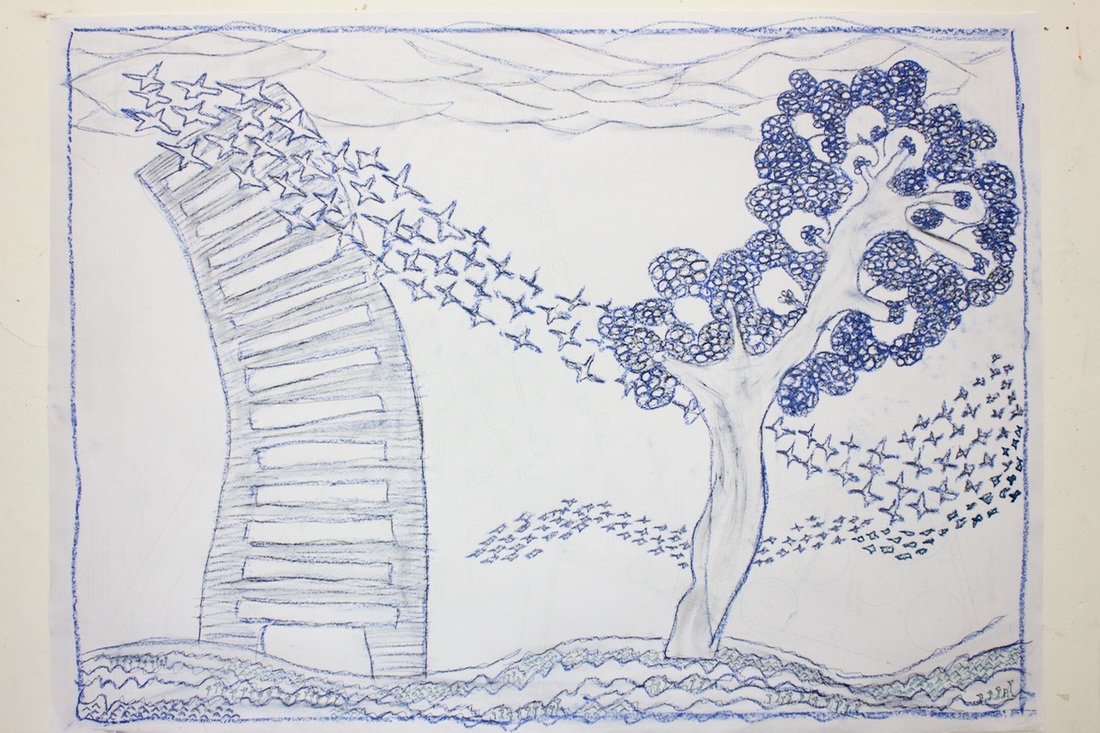
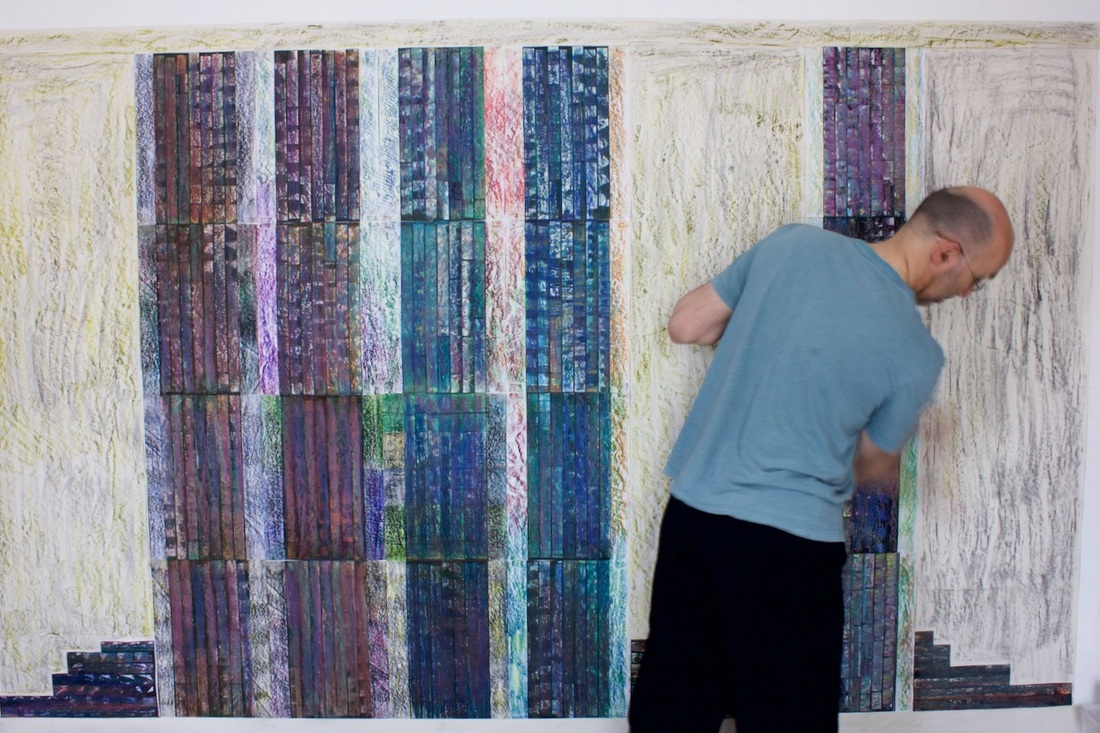
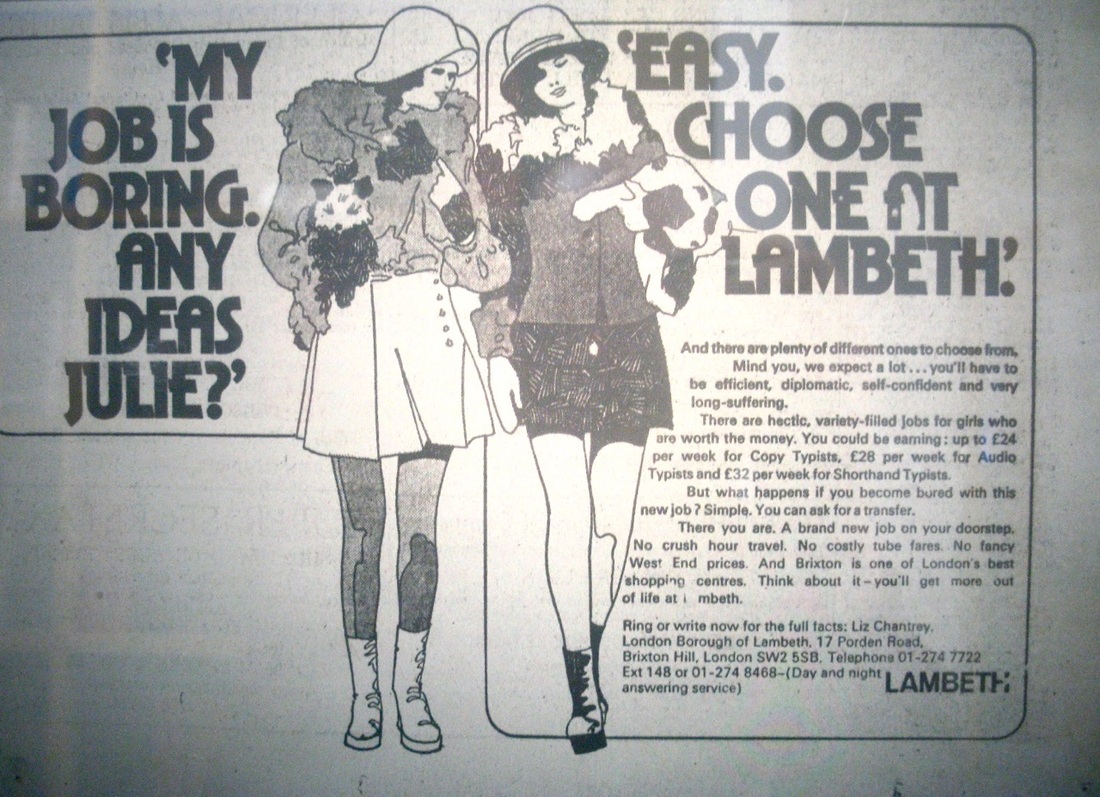
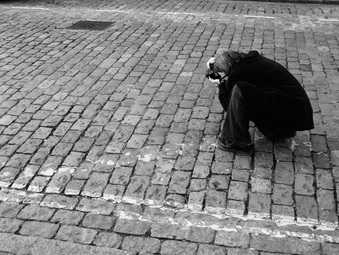
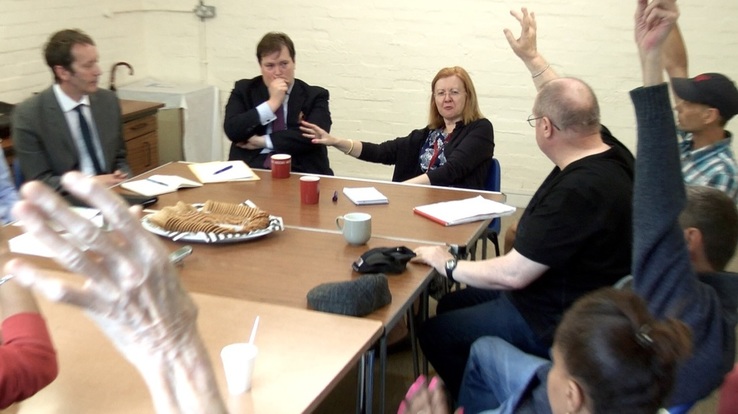
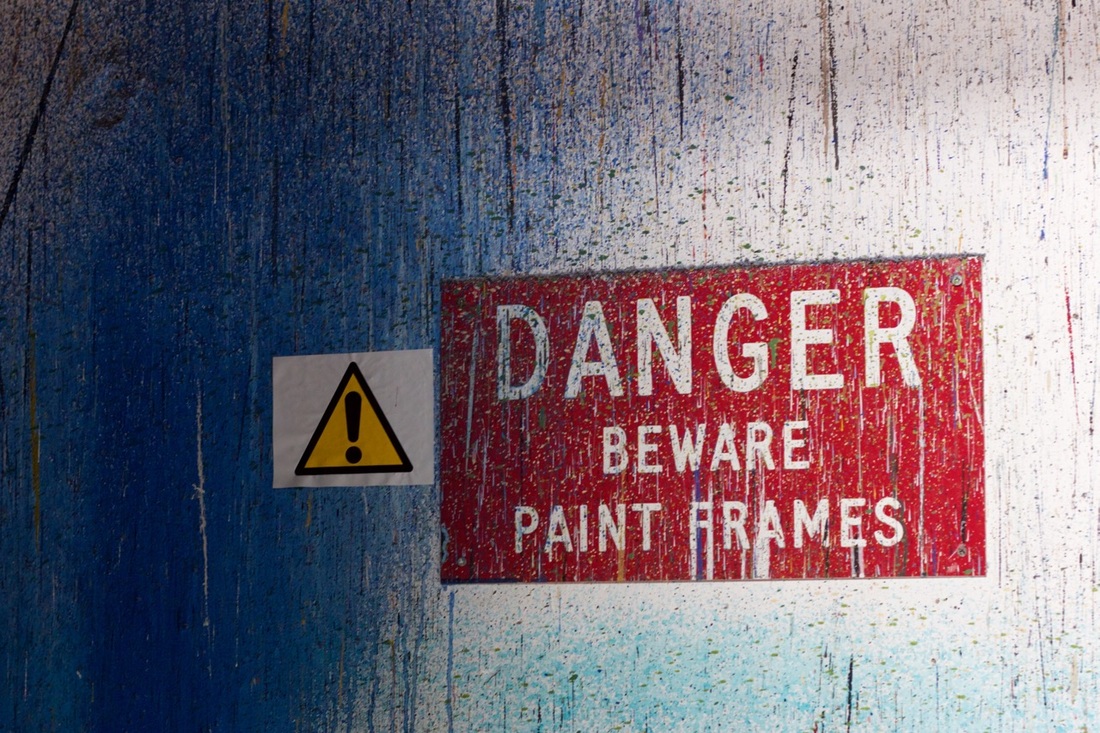
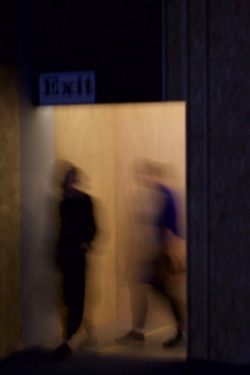
 RSS Feed
RSS Feed
